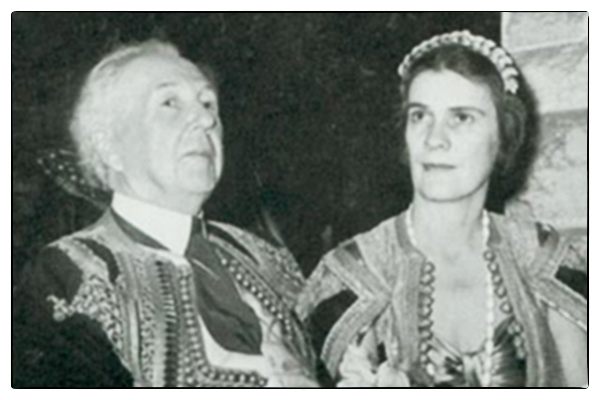Back in the 30s when Frank Lloyd Wright was building Taliesin West, it was a difficult, long drive from Phoenix across a dry, dusty riverbed. Some 26 miles north of Phoenix in what is now Paradise Valley, the site was located on a mesa below McDowell Peak on what Wright described as “The top of the world!”
Yesterday morning when I drove out there from the Arizona Biltmore, it was an easy jaunt down the freeway. I walked up the gravel path, beneath the vine-covered pergola, and stepped in to Wright’s workroom, immediately banging my head on the transom.
“Should have warned you about that,” said my host. “Low ceilings.”
According to her, Wright, who was only 5’8”, figured if you were any taller “it was a waste of material.” Consequently, everything at Taliesin is rather low to the ground—including the doorways and ceilings.
I came to Taliesin West expecting to feel awe and astonishment, and did I? Not really. The setting is gorgeous. The sloping walls built from rocks and sand scooped up out of the desert, not so much. The whole thing felt rather dark and closeted to me. I wanted big open rooms with expansive walls of glass overlooking the Sonoran desert. Instead, it felt kind of Hobbitish to me; little warrens and dark nooks. A place for monks. Or short eccentric architects.




Recent Comments